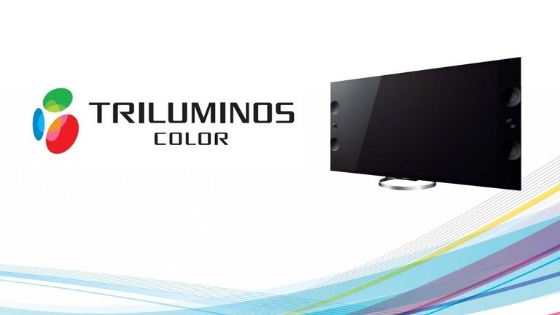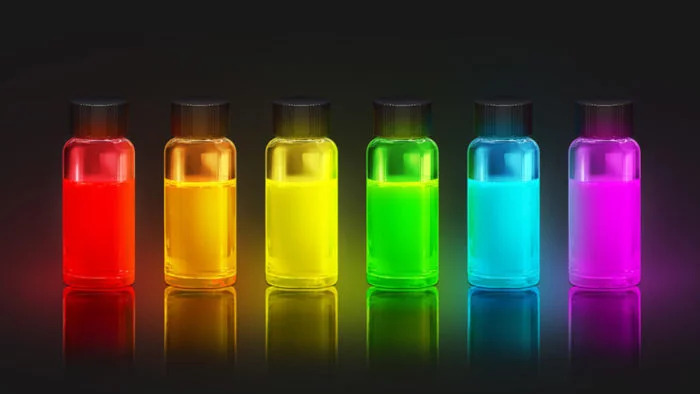Sony-owned Triluminos technology is the name the Japanese giant uses for screens that use quantum dot technology popularized by Samsung and its QLED TVs. Find out in this guide if there are any differences between the two TVs.

What is Triluminos display?
Sony’s proprietary Triluminos technology was the first in the market to use quantum dots, emerging in 2013, a year before Samsung’s QLED standard. Due to its characteristics, it delivers a higher quality of color than an LED TV, and brings some advantages over the main competitor OLED TVs.
What are quantum dots?
A quantum dot is a microscopic scale, one to five times the width of a DNA strand, and formed by crystalline semiconductors, with their definitions adjusted in their production. A quantum dot behaves like an isolated atom (hence also called “artificial atoms”), absorbing energy in the form of photons or electrons.
In this process, the quantum dot becomes excited (calm!) And emits back a photon or electron, in an amount of energy also defined in the production of the dot. The return frequency is also set by the manufacturer and colors are nothing more than that: different frequencies within the visible light spectrum.
 Colloidal solutions of quantum dots excited by ultraviolet radiation (Credits: Samsung)
Colloidal solutions of quantum dots excited by ultraviolet radiation (Credits: Samsung)
Thus, quantum dots are excellent for creating very close-to-real colors, as the technology involved is atomic-adjusted and follows the basic principles of physics.
What is the difference between Trilumines, QLED and OLED?
Between QLED and Trilumines, none. The names are just the brands that Sony and Samsung respectively use to sell the same technology. The Japanese giant uses the feature on TVs and has equipped some of its phones with Trilumines, such as the Xperia XZ Premium, while the South Koreans reserve QLED for larger screens.
The differences appear when we compare both QLEDs with OLED, technology adopted mainly by LG, Samsung’s perennial rival. While the first two offer better color reproduction than organic LEDs, the second can display dark tones with extremely high quality, the so-called “perfect black”.
The black of a QLED or Trilumino screen is not yet the definition quality of an OLED, but such screens have an important advantage: they are theoretically immune to burn in, when still images are marked on the screen, generating the obnoxious “ghosts”. Samsung even offers a 10 year warranty for this.
If you have OLED phones, like some high-end Motorola models, you may have noticed burn-in on the screen, especially at the top and bottom edges, where menus and navigation buttons are almost always fixed.